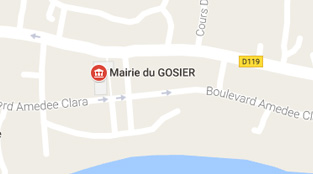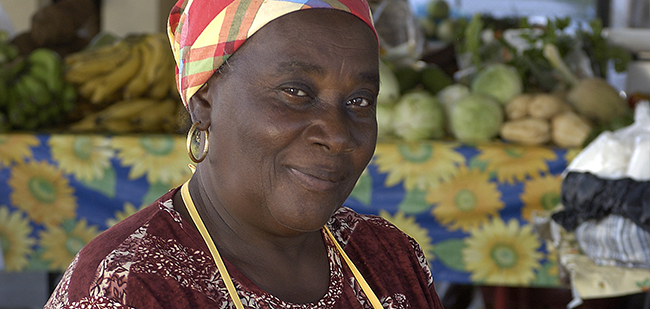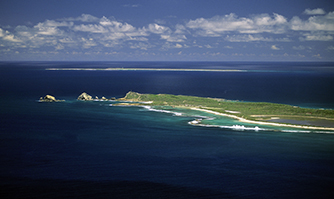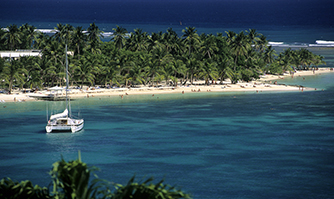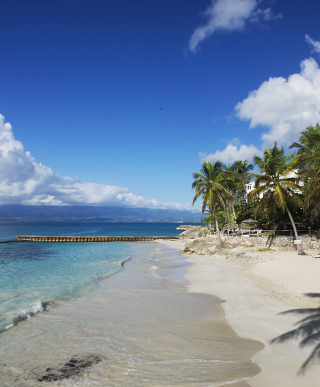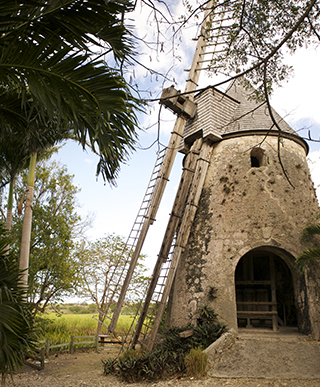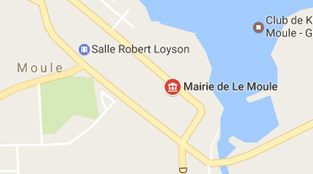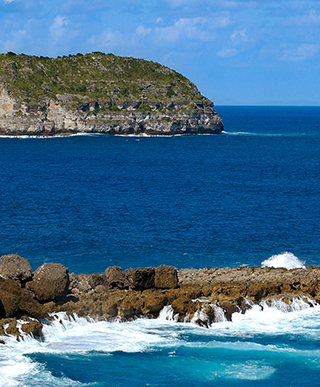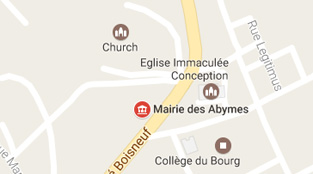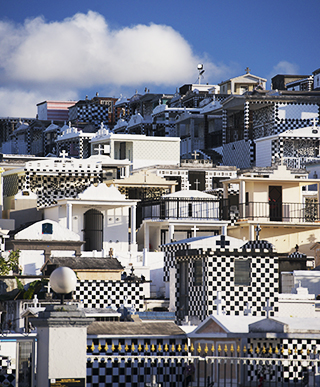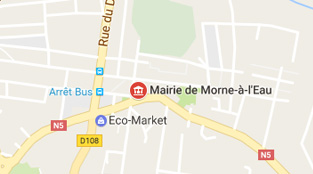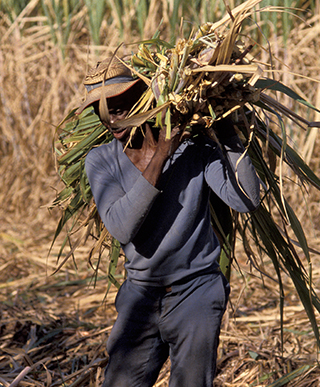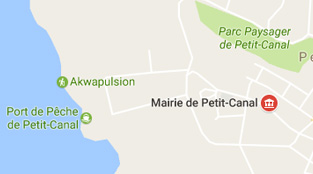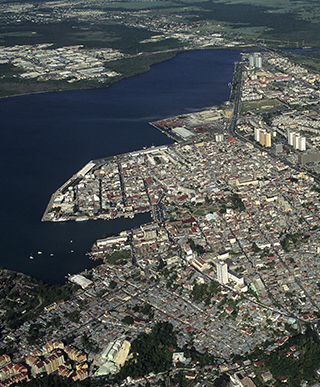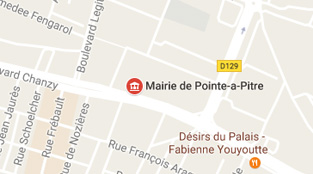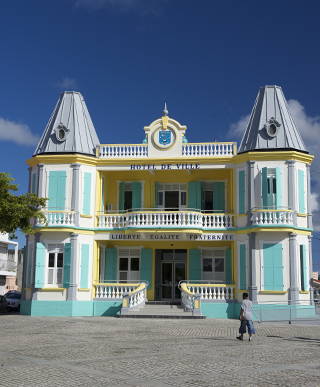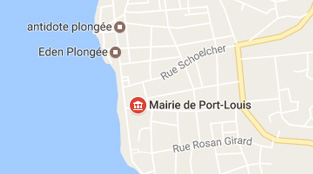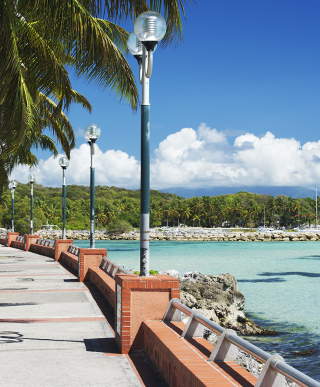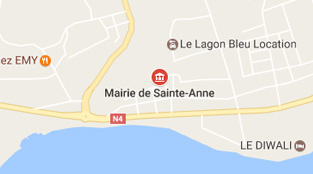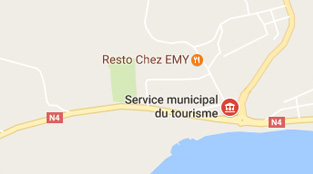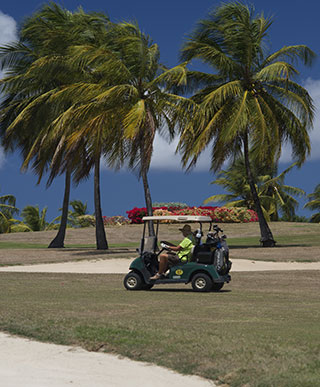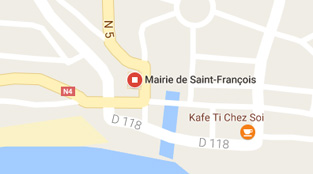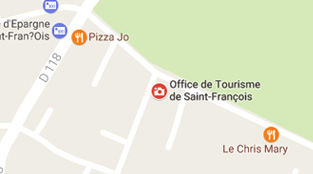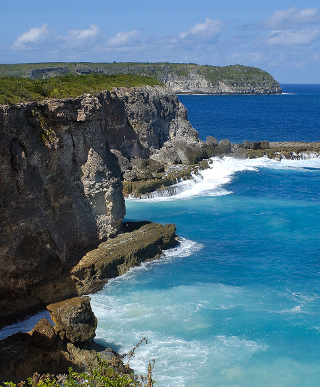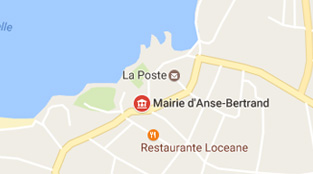First established as a parish in 1726, Les Abymes is the most populous city in Guadeloupe. Surrounded by swamps, mangroves and the gulf, the city gets its name (according to Père Labat) from the mist that forms from evaporation, which the locals called the “shroud of the savannah”.
Its dramatic history includes the slavery period, strikes by farmworkers and hurricanes, and it was only in 1846 that Les Abymes was established at its current location.
Built on Calvary Hill between 1855 and 1858 under the supervision of the Abbé Poujade, the Church of the Immaculate Conception, with its sculpture of Notre Dame de Guadeloupe, won’t fail to impress you!
Les Abymes is a booming city that absorbed several adjacent towns during the 1960s (Grand-Camp, Le Raizet, Petit-Pérou, La Croix, etc.) and has now emerged as a truly vibrant community.
Home to Guadeloupe’s Pointe-à-Pitre International Airport, Les Abymes offers an easy gateway to the islands of Guadeloupe!
